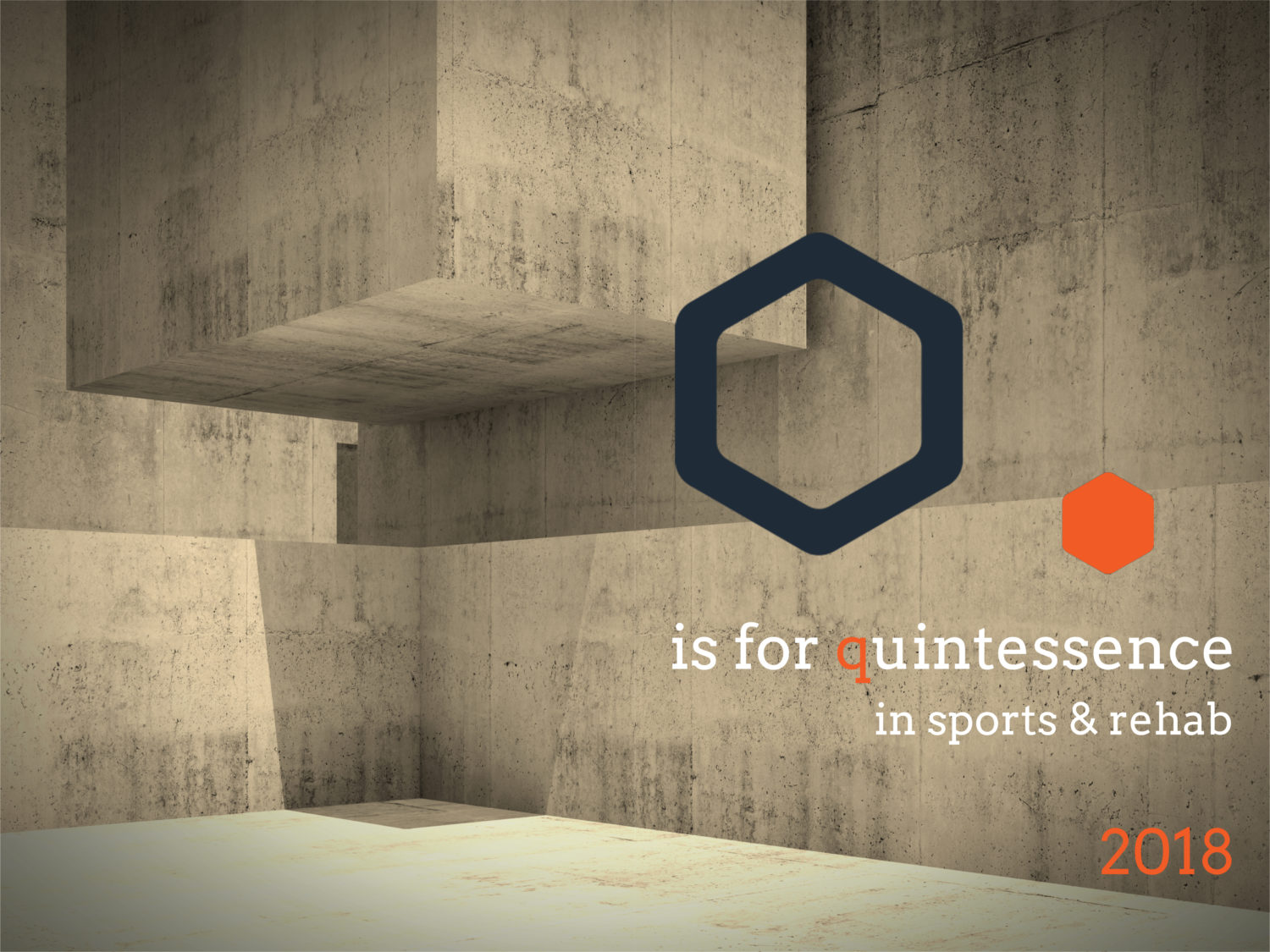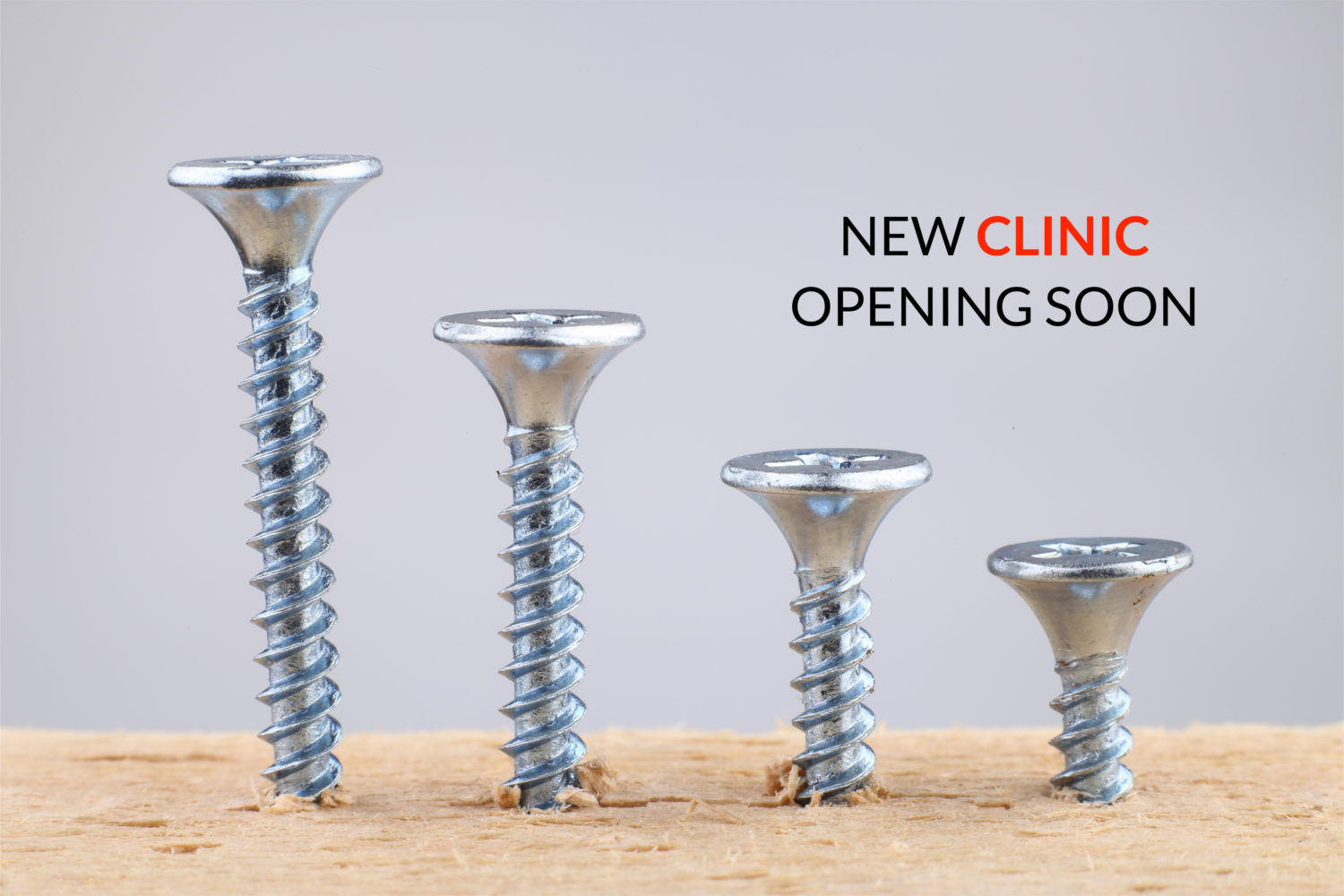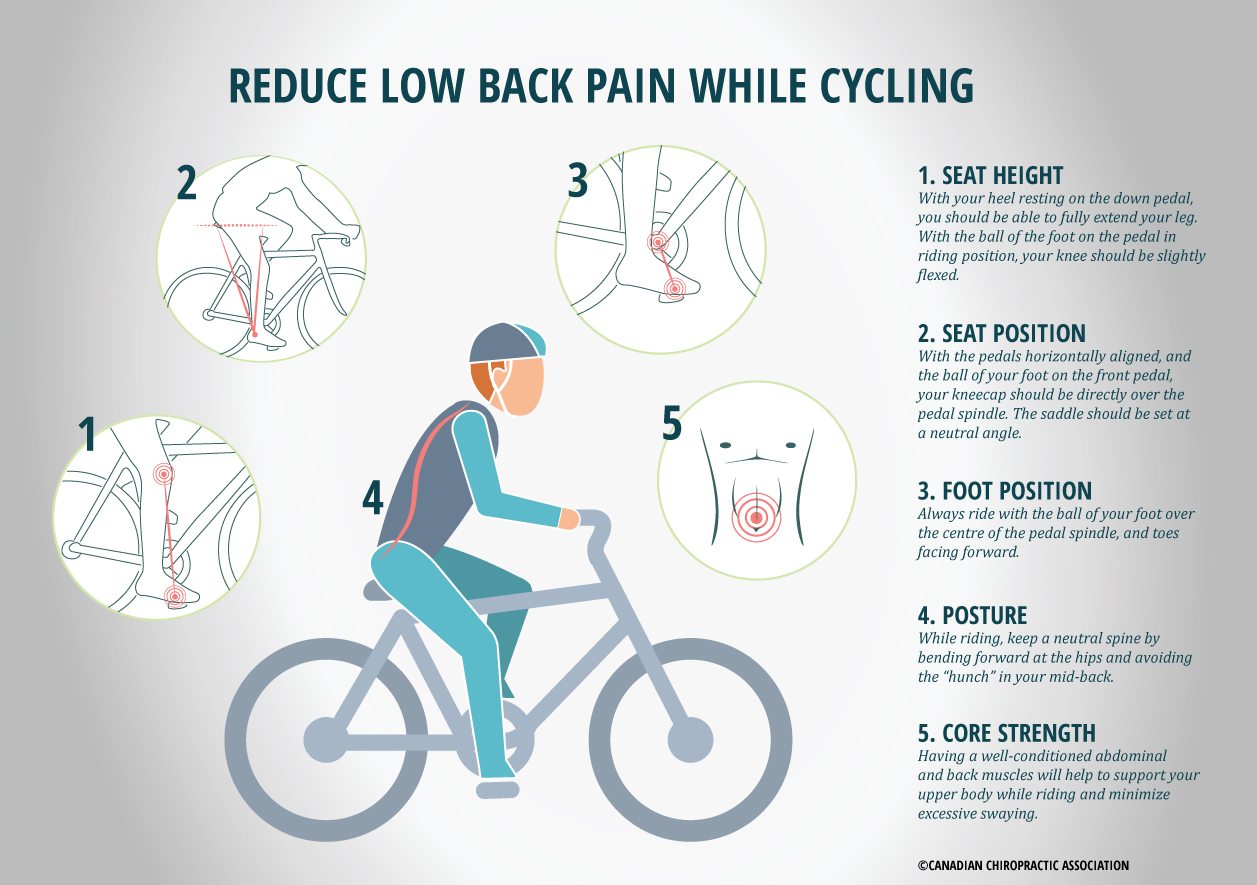Patients with headaches constitute a high percentage of visits to the chiropractic office. Many people suffer from headaches on a regular basis; however, the reason for the headaches varies among individuals. There are many different triggers for headaches, which include genetic factors, stress, food sensitivities, muscle strain, joint dysfunction, environmental factors, dehydration, and neurological conditions. Majority of people suffering from headache disorders consume pain killers to alleviate the symptoms. Pain medications can be effective; however, in many cases only temporary relief is achieved. Evidence has demonstrated that chiropractic care, including spinal manipulative therapy, can be an effective treatment for migraine headaches, cervicogenic (neck) headaches, tension headaches, and various other types of headaches. In addition, the effects of chiropractic treatment for headaches may be longer lasting.
What are migraine headaches?
Migraine headaches are characterized by the following:
- Recurrent headaches
- 4-72 hour duration
- Unilateral pain (one side of the face)
- More common in women than men
- Throbbing or pulsating pain
- Moderate to severe intensity
- Aggravated by routine activities
- Associated with triggers (hormonal changes, food and additives, stress, sleep, physical and sensory factors, changes in the environment and certain medications)
- Can be accompanied by 1 or more of the following: nausea, vomiting, photophobia (sensitivity to light), and phonophobia (sensitivity to sound)
- Migraine can be preceded by an “aura” that can present as a flash of light, blind spots or tingling
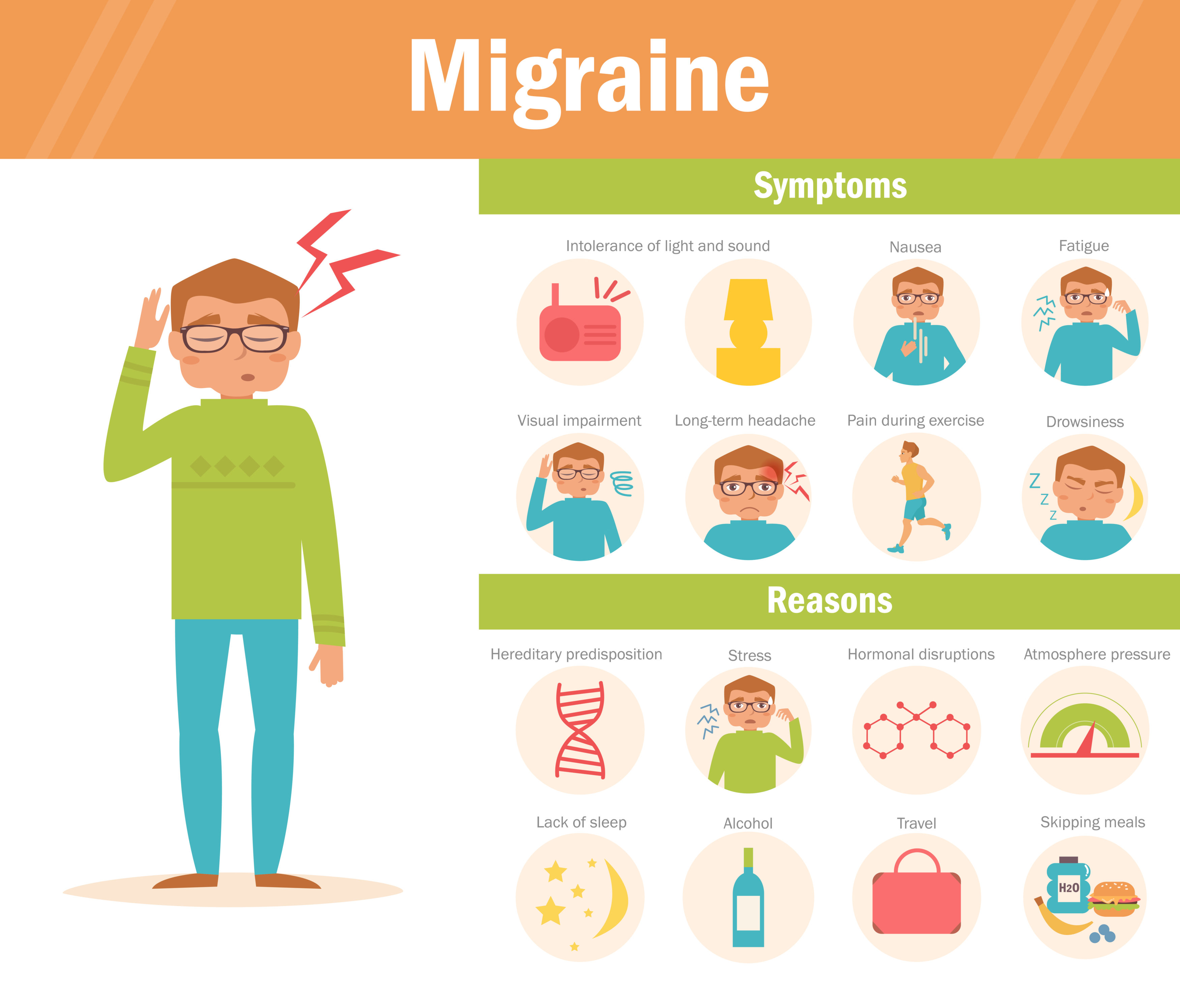
How does chiropractic care help with migraine headaches?
- Chiropractors can diagnose, assess, and manage headaches
- Chiropractic care can help decrease the intensity and frequency of migraines and other headaches
- Chiropractors provide an individualized care plan for the management of headaches
What treatments do chiropractors provide for migraine headaches?
Patient education regarding the type of headache and the specific causes
Joint manipulation and mobilization to decrease joint dysfunction and improve mobility and function
Soft tissue therapy such as trigger point therapy and myofascial release using techniques such as Active Release and Graston
Electrical and therapeutic modalities such as TENS, muscle stim, ultrasound, laser therapy, IFC, and cold and heat therapy for pain management
Rehabilitation exercises such as neck and posture exercises to strengthen weakened tissues
Ergonomic and lifestyle changes such as work ergonomic and dietary modifications
Nutritional advice to reduce food sensitivities
Referral and co-management with other care providers such as physiotherapists, naturopaths, and massage therapist so the maximum therapeutic effect is reached
Dr. Khoshroo provides effective chiropractic treatments for migraine headaches, cervicogenic headaches, tension headaches, TMJ associated headaches, and other types of headaches in North Vancouver at QubeCore Sports & Rehab. Treatments are individualized depending on the symptoms, history, physical examination, and the type of headache.
Are chiropractic treatments effective for migraine, cervicogenic, tension, and cluster headaches?
Yes. Evidence has demonstrated that chiropractic care, including spinal manipulative therapy, can be an effective treatment for migraine headaches, cervicogenic headaches, tension headaches, and other types of headaches.
How effective are chiropractic treatments for migraine and other types of headaches?
VERY EFFECTIVE…Chiropractic treatments for headaches are effective especially when combined with other types of treatments such as massage and physiotherapy.
What are other types of headaches?
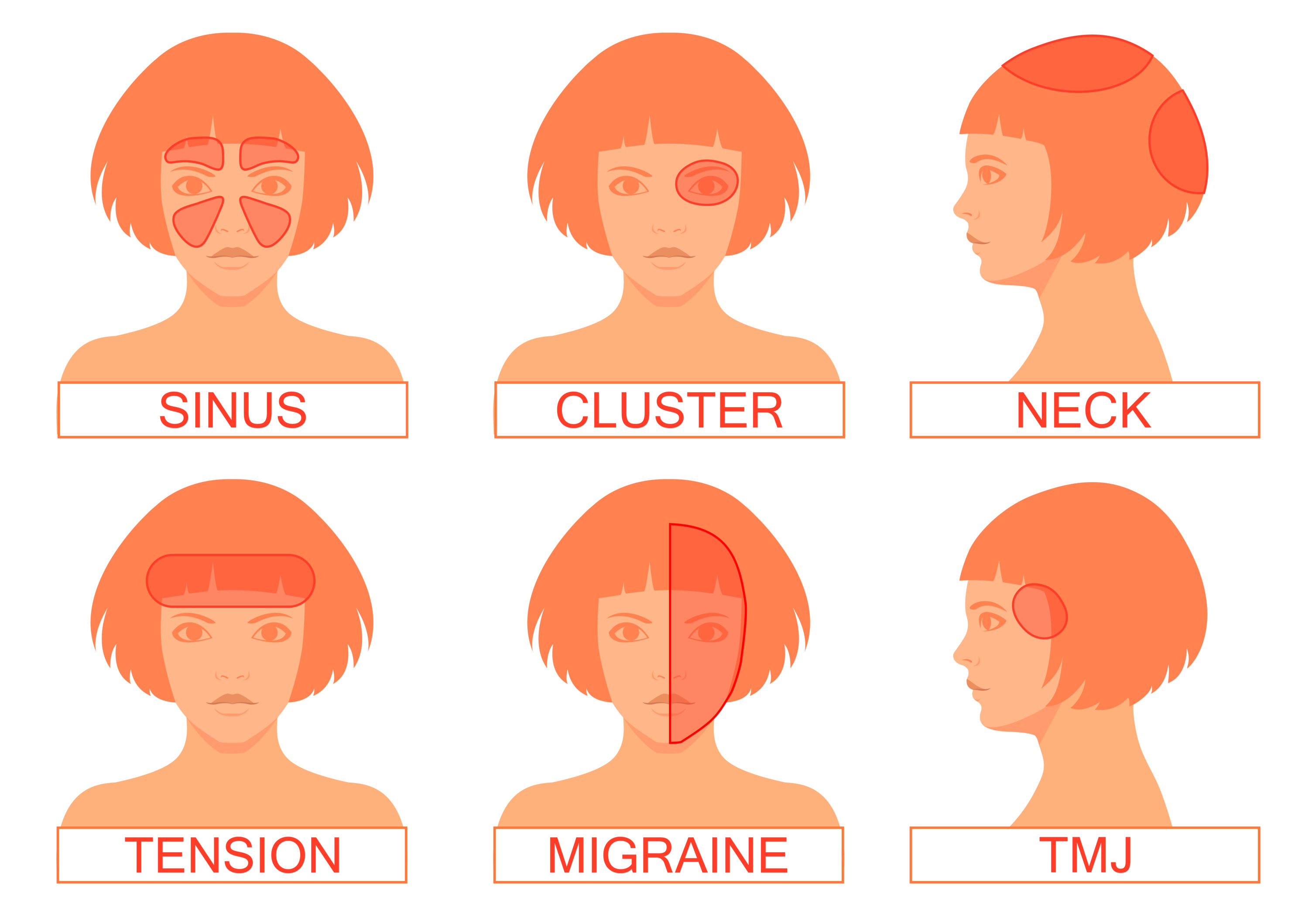
1. Sinus associated headaches
2. Cluster headaches
3. Cervicogenic (neck) headaches
4. Tension headaches
5. TMJ associated headaches
6. Transient ischemic attack (TIA) headaches
Tension headaches
- Due to tension in the muscles of the neck or face which produces pain
- Factors associated can include stress, anxiety, eye strain, poor posture, and injuries
- Symptoms include constant pain and pressure described as dull and achy
- Mild to moderate intensity
- Pain can be felt on both sides of the head, forehead, temples and even the back of the head
- Often referred to as a tight band around the head
- Not associated with nausea, vomiting, photophobia, and phonophobia
- Not aggravated by routine activities
Cervicogenic (neck) headaches
- Headache that stems from the neck or cervical spine structures
- Due to soft tissue (muscle, ligament, tendon) or joint dysfunction
- Mild-moderate intensity
- Pain can be triggered or worsened by neck movement
- Symptoms include pain usually on one side of the head but can be bilateral
- Pain can start at the base of the skull and spread to the front of the head
- Other triggers include stress, dehydration, overuse injuries, poor sleep, postural problems, poor quality mattress
Cluster headaches
- Similar to migraines, the cause is unknown
- May be caused by problems in regulating temperature, blood pressure, hormones, alcohol, tobacco, and drugs
- Pain with severe intensity
- Symptoms include stabbing, penetrating, burning or explosive recurring pain that is located on one side of the head
- Rapid onset and can frequently present in “clusters” over a certain period of time
- Often described as starting around or “behind” the eye
- Can cause redness or watering of the eye, stuffy or runny nose, droopy eyelid, facial swelling or flushing, photophobia, phonophobia
Dr. Khoshroo provides effective chiropractic treatments for migraine headaches, cervicogenic (neck) headaches, tension headaches, TMJ associated headaches, and other types of headaches in North Vancouver at QubeCore Sports & Rehab. Treatments are individualized depending on the symptoms, history, physical examination, and the type of headache.
- Bryans R, Descarreaux M, Duranleau M, et. al. Evidence based guidelines for the chiropractic treatment of adults with neck pain. Journal of Manipulative and Physiological Therapeutics. 2014. Vol. 37: 42-63.
- Bryans et. al. Evidenced-based Guidelines for the Chiropractic Treatment of Adults With Headaches. Journal of Manipulative and Physiological Therapeutics. 2011. Vol. 34, Number 5.
- Bryans et. al. Clinical Practice Guidelines for the Chiropractic Treatment of Adult Neck Pain. Canadian Chiropractic Association.
- Bryans et. al. Clinical Practice Guidelines for the Management of Headache Disorders in Adults. Canadian Chiropractic Association.
- Bronfort G, Nilsson N, Haas M, Evans RL, Goldsmith C.H., Assendelft JJW, et. al. Non-invasive physical treatments for chronic/recurrent headache. CD001878. Cochrane Database of Systematic Reviews. 2009 (4).
- Bronfort G, Haas M, Evans R, Leininger B, Triano J. Effectiveness of manual therapies: the UK evidence report. Chiropractic & Osteopathy. 2010 Feb 25; 18:3.
- Castien RF, van der Windt DA, Grooten A, Dekker J. Effectiveness of manual therapy for chronic tension-type headache: a pragmatic, randomised, clinical trial. Cephalalgia. 2011 Jan; 31(2):133-43.


